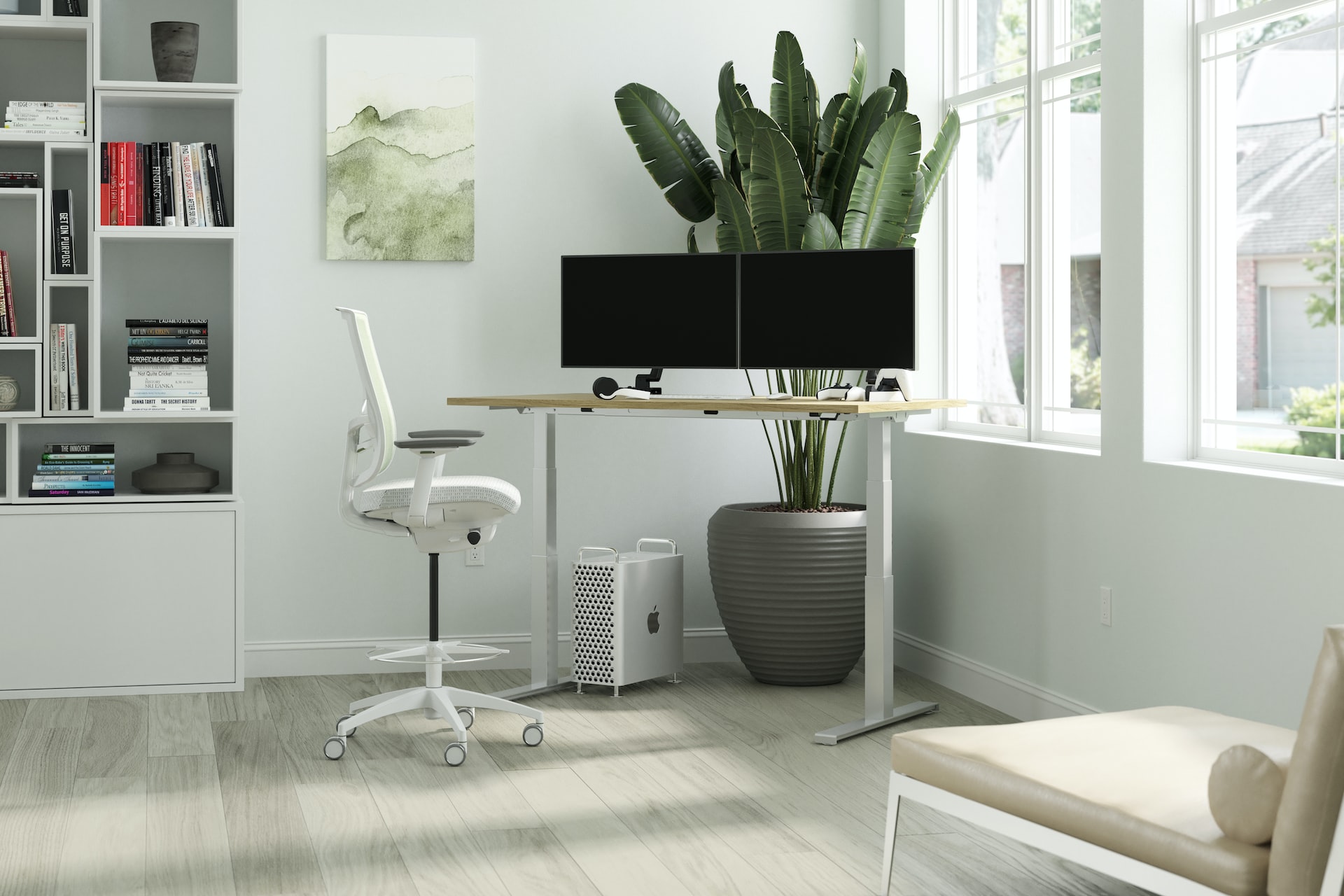If your office chair is starting to feel a little wobbly, it might be time to replace the cylinder. This can be a tricky process, but we’re here to help. In this article, we’ll walk you through the most common office chair cylinder problems and how to fix them.
The cylinder is the part of the chair that allows the chair to go up and down
If your chair has lost its gas lift (up and down) then it may be that the caster has become dislodged, which will require a new cylinder. To remove the cylinder from your office chair, first, unscrew the plastic cap at the top of the gas lift. Be sure to keep track of any washers or other small pieces that may fall out. Next, use a wrench to loosen and remove the metal sleeve from around the outside of the cylinder. At this point, you should be able to simply pull the cylinder out from the chair base.
The cylinder is not working properly
The most common problem with office chairs is that the cylinder does not work properly. This can cause the chair to be uncomfortable or even dangerous to sit in. The cylinder is what allows the chair to adjust its height. If it is not working properly, the chair will not be able to adjust its height correctly and may be too low or too high for the person sitting in it.
How to remove cylinder from office chair
There are a few different ways to remove a cylinder from an office chair. The most common way is to loosen the screws that hold the cylinder in place, then pull the cylinder out. Another way is to unscrew the base of the chair from the seat, then lift the seat off and remove the cylinder.
If you have an office chair with a cylinder that needs to be removed, there are a few steps you’ll need to follow. First, you’ll need to find a suitable replacement cylinder. Next, you’ll need to remove the old cylinder. Finally, you’ll need to install the new cylinder. We’ll go over each of these steps in detail so that you can get your office chair back in working order.
1. Unscrew the bolts that hold it in place
If your office chair is starting to show signs of wear and tear, or if you simply want to replace the cylinder, there are a few ways to go about it. The first way to remove a cylinder from an office chair is to unscrew the bolts that hold it in place. You’ll likely need a wrench for this. Once the bolts are loosened, you should be able to pull the cylinder out with your hands.
If the above method doesn’t work, you can try using a plunger. Put the plunger over the top of the cylinder and push and pull until the cylinder pops out. Again, you may need to use a wrench to help loosen the cylinder first.
If neither of these methods work, your last resort is to take the chair apart. This is usually only necessary if the cylinder is severely damaged or stuck in place. To do this, first remove any upholstery or fabric on the chair that’s covering the screws. Then, unscrew all of the screws that hold the chair together and carefully take it apart. Once you have access to the cylinder, you should be able to remove it easily.
2. Use a flathead screwdriver to pry the cylinder out
If your office chair has a pneumatic gas lift, you may need to replace the gas lift cylinder at some point. This is a relatively easy process, but there are a few different ways to do it.
One way is to use a spanner wrench (sometimes called a gas lift wrench). This is a specialized tool that looks like a pair of pliers with long, flat jaws. You can use it to grip the top of the gas lift cylinder and unscrew it from the chair base.
If you don’t have a spanner wrench, you can use a flathead screwdriver to pry the cylinder out. Just insert the tip of the screwdriver under the edge of the cylinder and lever it up until the cylinder pops out. Be careful not to damage the chair base while you’re doing this.
Once you’ve removed the old cylinder, you can install the new one by following these same steps in reverse order.
3. Use a drill to drill out the rivets that hold the cylinder in place
If you have a drill and the appropriate drill bit, you can remove the rivets that hold the cylinder in place. This is the most destructive method, but it will get the job done. Use caution when drilling near the gas lift, as you don’t want to damage it.


